One thing we don’t see very often in the supplement industry is innovation in the product’s form factor and method of delivery. Although there are plenty of rising companies that are coming up with novel ingredients and exciting new formulas, pretty much everybody sticks to the tried-and-true delivery system: powders with scoops, or capsules/tablets/softgels.
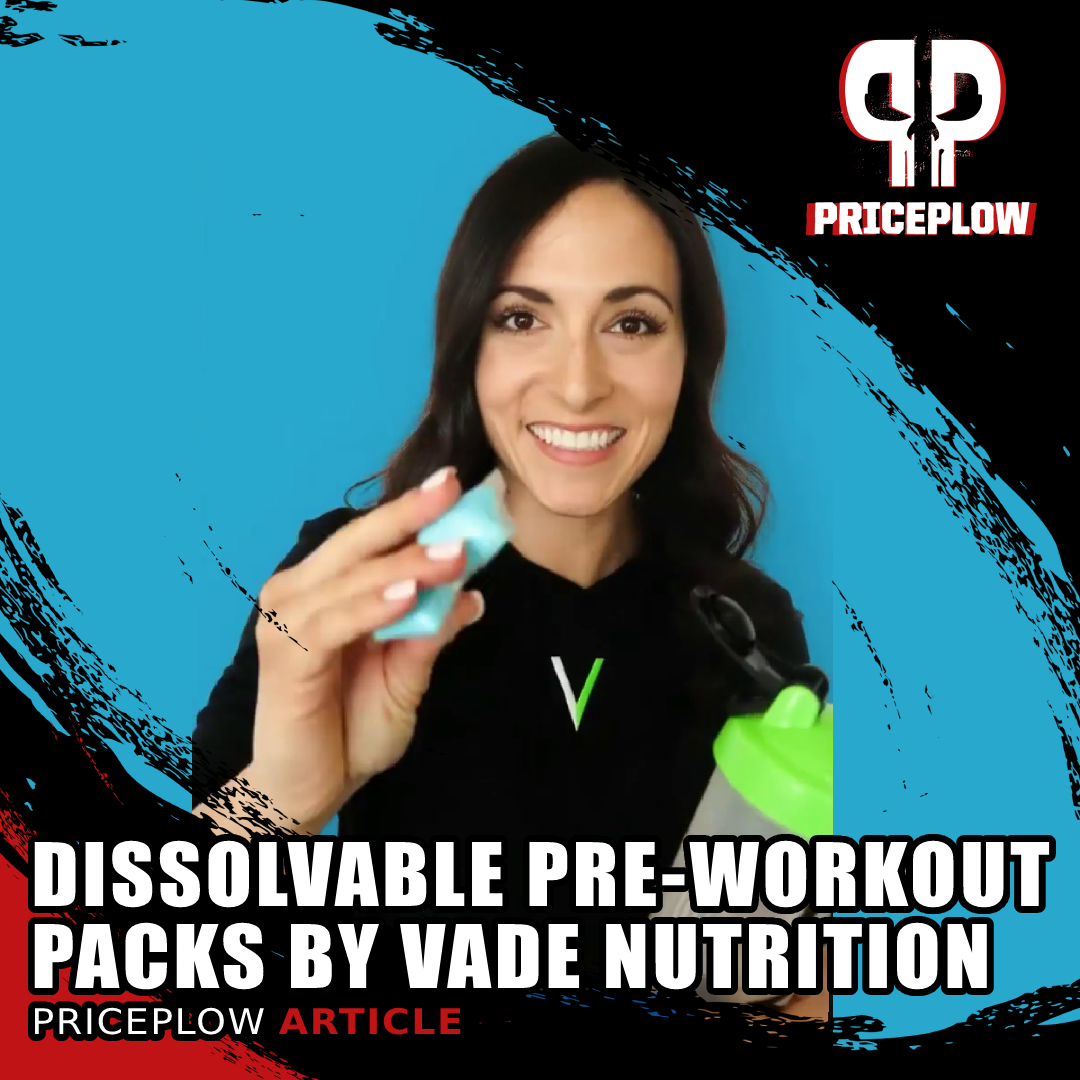
Now here’s a new way to take your pre-workout: in dissolvable packs! Meet VADE Nutrition and their Extreme pre-workout, which includes a full dose of Nitrosigine for pumps!
That boring streak is officially broken with VADE, whose 2018 appearance on Shark Tank propelled them into the public eye with a new technology to deliver ingredients into your shaker cup: readily-dissolvable packs that are designed to dissolve once mixed into water.
To use them, just drop the dose into your water bottle and shake for 10 to 20 seconds. After that, your shake is ready to go! It all started with protein packs, which is what VADE presented on Shark Tank. But now, they’re using the technology to take your pre-workout to the next level:
VADE Extreme Pre-Workout Packs: Drop In and Shake!
The young company has two pre-workouts – VADE Dissolvable Pre-Workout Packs and Vade Dissolvable Extreme Pre-Workout Packs. Today, we’re of course covering the extreme version, and the delivery design isn’t all that VADE has going for it: there are some excellent ingredient choices (such as a full dose of Nutrition21’s Nitrosigine) and flavors as well.
It’s covered below, but first, take a look at PricePlow’s prices and sign up for more VADE alerts if you want to see when the next “pod” drops:
VADE Nutrition Dissolvable Pre-Workout Packs Extreme – Deals and Price Drop Alerts
Get Price Alerts
No spam, no scams.
Disclosure: PricePlow relies on pricing from stores with which we have a business relationship. We work hard to keep pricing current, but you may find a better offer.
Posts are sponsored in part by the retailers and/or brands listed on this page.
This area is reserved for Team PricePlow's upcoming Ingredients video.
Subscribe to our channel and sign up for notifications so you catch it when it goes live!
As for the ingredients, let’s take a look:
Ingredients
In a two-pack serving of VADE Extreme Pre-Workout, you get:
-
CarnoSyn Beta-Alanine – 3200 mg
Plop two of these into your shaker cup, shake, and you’ll get all of these ingredients, with pumps powered by Nitrosigine
Main purpose: boosting endurance
Beta-alanine, when combined with the essential amino acid histidine, increases the body’s production of carnosine.[1] Carnosine “buffers” lactic acid in the muscle tissue, thereby prolonging muscular endurance.
This effect is well-attested in the research literature, including two big meta-analyses— one from 2012 and another from 2016, with 360[2] and 1461 participants respectively,[3]. Both studies confirmed that for any form of exercise whose duration is between 30 seconds and 10 minutes, beta-alanine can boost endurance.[3]
Beta-alanine also synergizes with mainstay pre-workout ingredient creatine,[4] which is also present in VADE Extreme Pre-Workout.
A word about the beta-alanine “tingles”
Although the tingling sensation that’s caused after ingesting beta-alanine can be alarming if you’re not expecting it, there’s nothing to worry about. According to a 2019 safety study, scientists concluded that beta-alanine “does not adversely affect those consuming it.”[5]
-
Creatine Monohydrate – 2500 mg
Main Purpose: ergogenic aid, muscle synthesis
Creatine is as proven as supplements can come. It’s an organic compound that helps your body create more adenosine triphosphate (ATP),[6-10] which has tons of awesome benefits, including:
- Higher power output[11,12]
- Weight gain[13]
- Lean mass gains[12,14-17]
- Faster sprint speed[18-20]
- Better hydration[21]
- Lower fatigue[13,22-24]
- Higher sense of well-being[25-27]
- Better cognition (in vegans and vegetarians)[28,29]
- Slightly higher levels of testosterone[6,30-33]
- Increased bone mineral density[16]
These down-stream effects have been observed in dozens — if not hundreds — of research studies, as well as and meta-analyses.
We could go on about creatine, but suffice it to say there’s simply too much data to ignore the ingredient. The million-dollar question is: how much creatine do you need? The answer depends partly on your way of eating. Carnivores and omnivores can get creatine from meat. But even then, some supplementation is probably necessary to reach the standard total amount of 3 to 5 grams per day.
Point being: this is a dose high enough to replace excreted creatine, but you may need a bit more if you’re not eating meat. Rather than tell you to go buy more creatine to get another 500 milligrams in, we’d rather you just eat some steak!
-
Betaine Anhydrous – 1500 mg
Main Purpose: Ergogenic muscle builder.
Betaine, also known as trimethylglycine (TMG), has some effects that are similar to creatine’s. Whereas creatine acts as a phosphate donor, betaine is a methyl donor, and, as a result, can reduce homocysteine levels,[34] which is important for peak cardiovascular health.
Like creatine, betaine is an osmolyte. It helps to draw water and nutrients into the body’s cells, thereby strengthening[35,36] protecting them from heat shock.[37]
After many years of research showing betaine’s awesome performance benefits,[38-43] two groundbreaking studies came out in 2013 and 2014. They demonstrated that 2.5 grams of betaine, taking daily, produced 5.3 pounds of lean mass gain and 6.4 pounds of fat loss, which translated to an amazing 3% body fat reduction in just six weeks.[36,44]
-
Nitrosigine (Inositol-stabilized arginine silicate) – 1500 mg
Main purpose: increase nitric oxide production for pumps
If you want an awesome blood-enriched muscle pump, you need lots of nitric oxide. Starting in the “golden age of bodybuilding,” people tried to maximize nitric oxide production by supplementing with arginine. Unfortunately, as time went on, this proved ineffective. The problem is that when arginine is taken orally, it breaks down in the gut by the “first pass” effect. The upshot is that most of the arginine you take doesn’t get absorbed into the bloodstream. In other words, oral arginine is not very bioavailable.[45]
Nutrition 21 solved this problem by synthesizing a stable form of arginine, called Nitrosigine.
Nitrosigine is a combination of arginine, inositol, and potassium silicate.[46] When arginine is buffered by these other two molecules in the gut, it becomes significantly more bioavailable than ordinary arginine.[47] This is probably because nitrosigine inhibits arginase, the enzyme that breaks down arginine in the gut.[48]
The Nitrosigine form of arginine is both fast acting and long lasting: it becomes biologically active as quickly as 30 minutes after ingestion, and lasts somewhere between 90 minutes and six hours.[49,50]
Cognitive performance gains with Nitrosigine too
Amazingly, the benefits of Nitrosigine go beyond physical performance: it has been shown, in a research setting, to improve multiple domains of cognition in athletes[51] by preventing the temporary cognitive decline that usually follows intense exercise. Athletes who received Nitrosigine completed cognitive tests faster compared to placebo.[51]
Beyond preventing cognitive decline, a new paper just recently published titled Acute Inositol-Stabilized Arginine Silicate Improves Cognitive Outcomes in Healthy Adults showed that Nitrosigine also increases memory and RBANS (Repeatable Battery for the Assessment of Neuropsychological Status) when compared to placebo — and it was performed on healthy adults![52]
There’s just something great about getting extra blood flow, and it’s not just to the muscles with Nitrosigine.
-
L-Tyrosine – 500 mg
Main purpose: energy and alertness
L-tyrosine is the precursor to norepinephrine and dopamine, neurotransmitters that help increase alertness.[53] When we take L-Tyrosine, it activates the sympathetic nervous system by upregulating these neurotransmitters, pushing us into “fight or flight” mode.
One interesting thing about L-tyrosine is that it supports cognition in people who have been acutely deprived of sleep.[54,55] So if you have to skip some sleep in order to make time for your workouts, L-tyrosine can definitely help.
-
Taurine – 2000 mg
Main Purpose: Hydration-driven endurance
Like creatine and betaine, taurine is also an osmolyte, helping to improve endurance while reducing oxidative stress, facilitating muscle contractions by improving calcium signaling, and aiding with fat digestion.[56-59]
A 2018 meta-analysis showed that taurine is incredibly fast acting: a 1 to 6 gram dose boosted endurance even after taken used just once.[58]
There are also some cognitive benefits[57] and increased nitric oxide production[59] to be gained from taurine. We’re seeing more and more pre-workout formulas using taurine, and it’s no wonder why.
This is an incredible dose – we’re often happy with half of this, but two grams will certainly yield improvements and help increase mitochondrial health while we’re at it.[60]
-
N-Acetyl-Carnitine – 500 mg
Main purpose: energy production, performance, recovery
L-carnitine, a conditionally-essential amino acid that’s synthesized by the body in limited quantities, is central to energy production. It helps the body oxidize fat by transporting fatty acids into the mitochondria, which use the fatty acids to create ATP.[61] Because the body can only produce so much carnitine, diet and supplements are required for us to get the optimal daily serving.
A meta-analysis published in 2016 reviewed nine randomized, double-blind, placebo-controlled studies and found that dieters who supplemented with L-carnitine lost significantly more weight and achieved lower body mass index (BMI) than controls.[62]
After reading a new review based upon 100 citations, we are finding fewer and fewer reasons not to take ~2g L-Carnitine each day
Another study, this one from 2009, found that subjects who took 2 grams of carnitine daily for 24 weeks exhibited better insulin sensitivity and blood sugar responses.[63] That’s important for metabolic flexibility because the body stops burning fat if insulin or glucose levels are too high.[64,65]
L-carnitine for performance
A 2018 research review found that supplementing with carnitine reduces muscle soreness while improving power, circulation, aerobic capacity, and recovery.[66]
Carnitine is important if you’re training hard
Over time, researchers have learned that carnitine supplementation works best for those who have a special need for it. For example, non-meat-eaters,[67-70] seniors,[71,72] and overtrained athletes.[66]
Long story short, if you’re training hard, you’ll blow through your amino acid stores faster than usual, and carnitine supplementation is probably a good idea.
-
Adenosine 5′-Triphosphate Disodium (PEAK ATP) – 400 mg
PEAK ATP is a patented form of extracellular adenosine triphosphate (ATP) created by TSI, Inc. It’s one of the few exogenous ATP supplements that has ever been shown to work.
When PEAK ATP is ingested, extracellular ATP levels in the body rise, thus raising muscle excitability and increasing vasodilation and anabolic signaling.[73]
A 2013 research study found that subjects who got 400 milligrams of PEAK ATP daily experienced increased strength and lean mass by a whopping 147% and 100% respectively, compared to the placebo group.[73]
But if that’s not enough for you, consider this: PEAK ATP supplementation really does reduce fatigue,[74] which is exactly what you’d expect from an ATP supplement.
-
Caffeine – 260 mg
The first thing to note about this dose of caffeine, the ubiquitous wakefulness-promoting and performance enhancing drug that’s used daily by the vast majority of American adults, is that 260 milligrams is a lot for beginners. It’s the amount you’d expect to find in 2 or 3 cups of coffee. But remember, this is the “Extreme” Pre-Workout from VADE – they have another version if you’re feeling less extreme.
The one issue with this delivery system is that you’re either going to mix up 130 milligrams (in one pod pack) or 260 milligrams (in two) – there’s no easy titrating of the powder or doing “heaping scoops” – so mix what you mix, and drink what you feel like drinking. For us, we’re taking two packs and drinking it all!
The primary mechanisms of action for caffeine are inhibiting adenosine and phosphodiesterase,[75] which will help you stay awake and alert – or get going in the morning, as most of us know! Caffeine can also raise the metabolic rate and promote metabolic flexibility by liberating fatty acids from your body’s stores of fat, so that they can be used for energy.[76-78]
Caffeine anhydrous is the “fast-acting” form of caffeine, and is usually found in pre-workout formulas for that reason.
Green Tea Extract is a source of caffeine
Much like creatine, green tea extract is one of those supplement ingredients that’s backed by so much research you couldn’t possibly discuss all of it. With VADE Extreme Pre-Workout Packs, it’s added as a source of caffeine. The benefits of green tea extract include:
If this is too much caffeine, the non-extreme version will bring less.. but it doesn’t have Nitrosigine
- Higher fat oxidation and lower body fat percentage[79]
- Improved circulation[80]
- Increased insulin sensitivity[81,82]
- Decreased blood pressure[83]
- Higher sense of general well-being[83]
It’s possible that green tea can also inhibit the glucuronidation of testosterone, which effectively increases the half-life of testosterone and duration of its action in the body.[84] In animal models, there is limited evidence that green tea extract could inhibit aromatase, the enzyme that converts testosterone to estrogen.[85]
And of course, green tea extract is a source of caffeine, whose benefits we discussed above.
Flavors available
Watch VADE Nutrition’s Shark Tank Pitch
Conclusion: Pre-Workout Packs/Pods are here!
For something like a gummy gel pack form factor (quite possibly inspired by Tide Pods), you’d probably expect the product to rely on this as a gimmick, but that is absolutely not true in the case of VADE Extreme Pre-Workout. Given how much research has been published on Nitrosigine — and a new study just published a month before this article — a full 1500 milligram dose brings everything into legitimacy.
But beyond Nitrosigine, we also have some truly sophisticated ingredient choices, including a couple awesome ones we rarely see, such as PEAK ATP.
If you’re looking for something new, entertaining and awesome, with delicious flavors, definitely give VADE Extreme Pre-Workout a try.
VADE Nutrition Dissolvable Pre-Workout Packs Extreme – Deals and Price Drop Alerts
Get Price Alerts
No spam, no scams.
Disclosure: PricePlow relies on pricing from stores with which we have a business relationship. We work hard to keep pricing current, but you may find a better offer.
Posts are sponsored in part by the retailers and/or brands listed on this page.



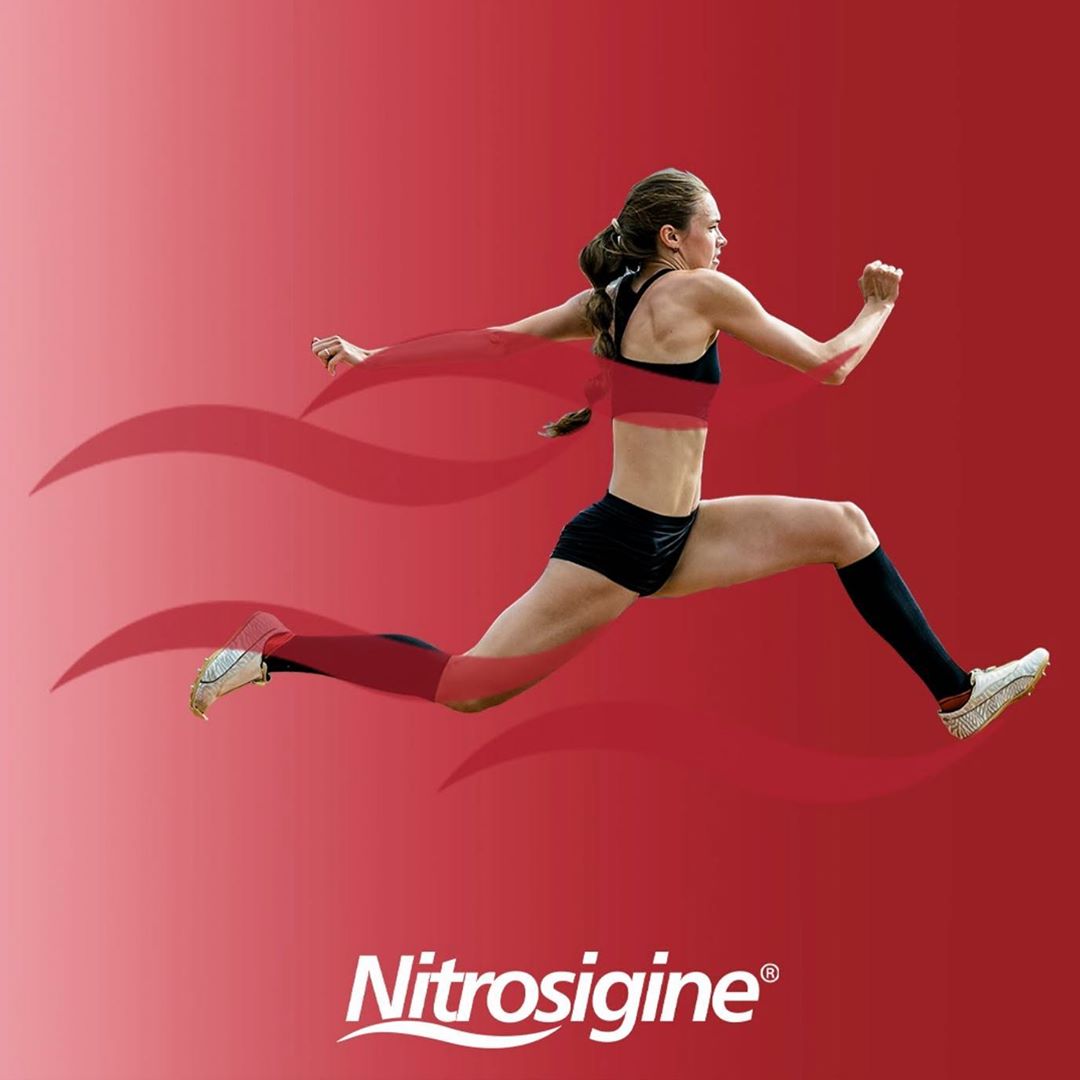

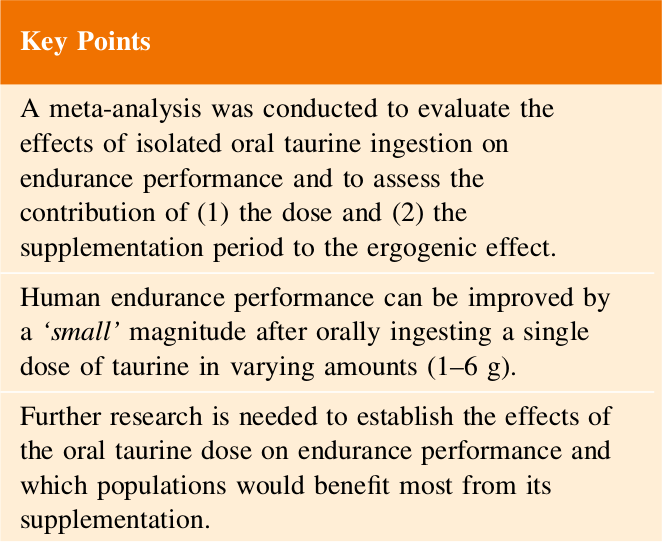
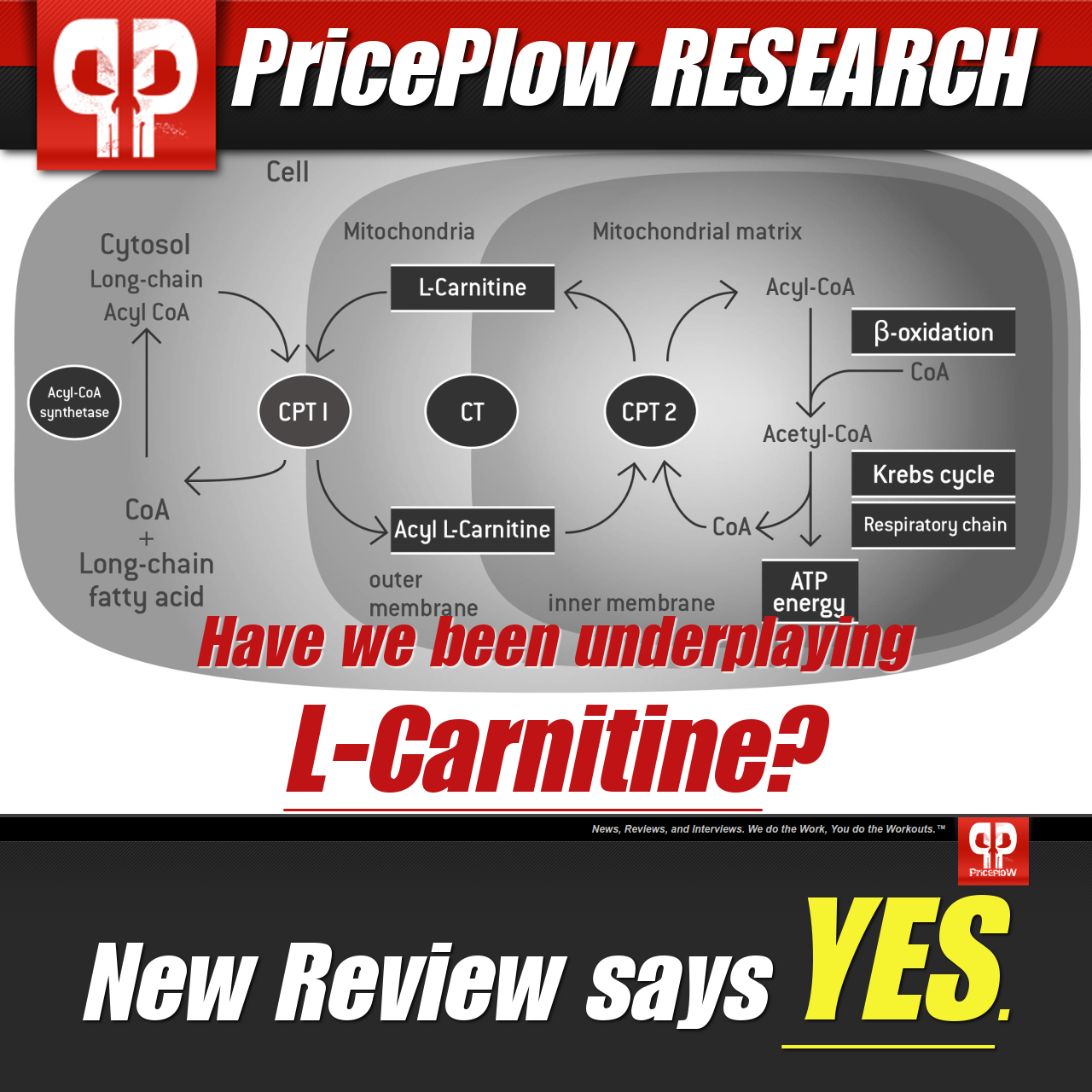
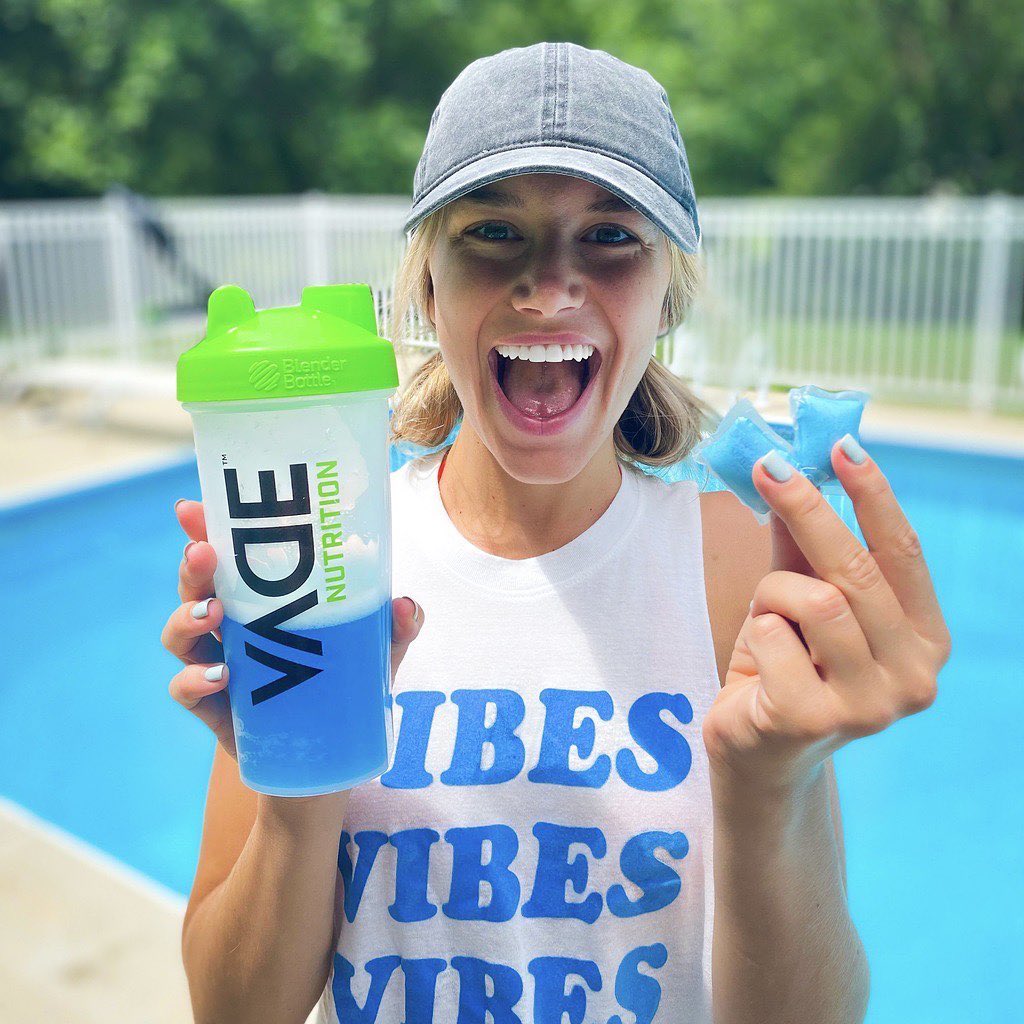

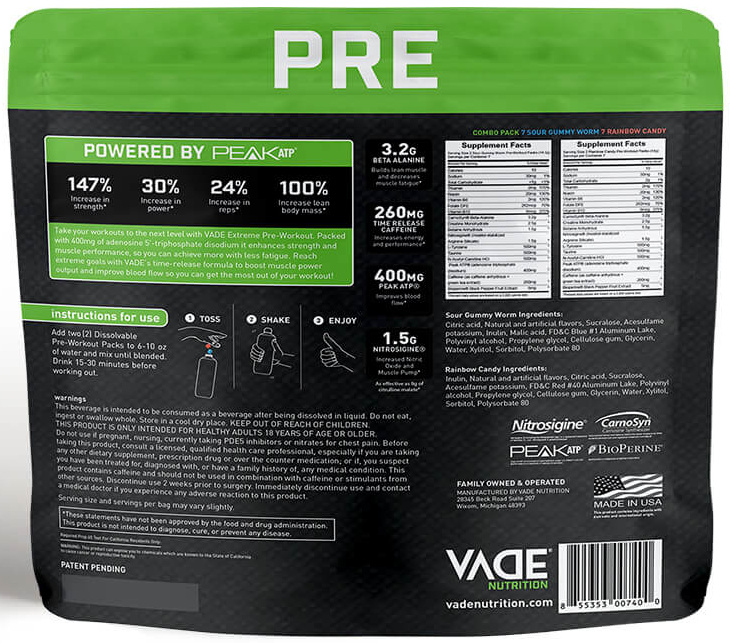


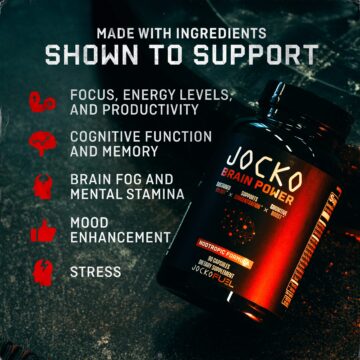
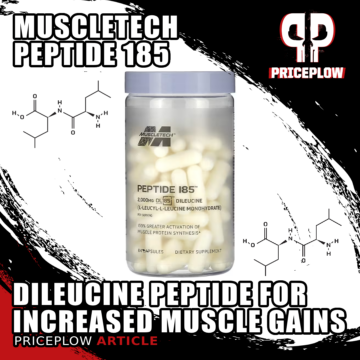
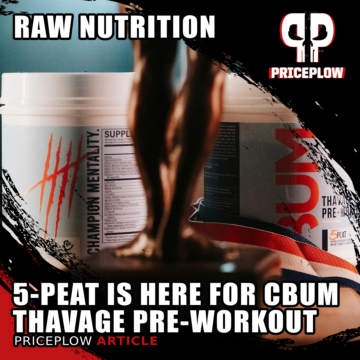
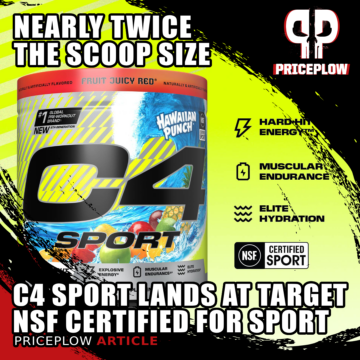

Comments and Discussion (Powered by the PricePlow Forum)